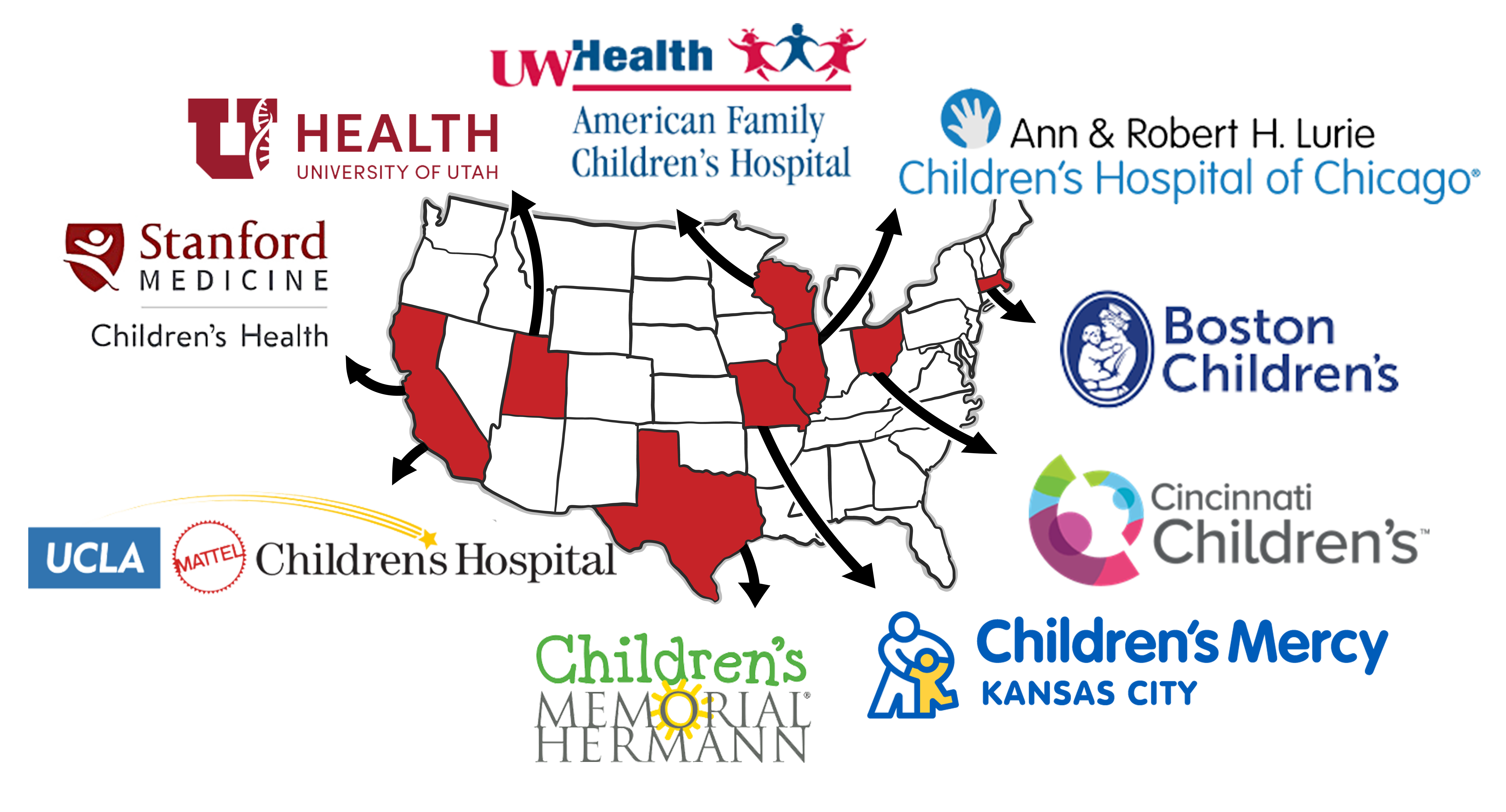
Having trouble finding your thank-you gift card? Click here or email familycircle@pediatrics.wisc.edu.
Who is involved in the study?
The Family CIRCLE research study is learning from 700 families of children with special healthcare needs.
How we are learning from families
Families will complete five surveys that explore experiences related to being a caregiver of a child with special healthcare needs over two years. In addition to focusing on personal experience, the study also collects valuable information on the frequency of children’s doctor visits, emergency department visits, and overnight hospital stays.
Specific things we want to learn
By collecting survey and healthcare data over this 2 year period, the Family CIRCLE study aims to learn from families about:
- Their experiences as a caregiver of a child who has special healthcare needs
- How the pandemic continues to impact schools across the country for children
- How their children access medical health services, and how it impacts their family
- Any issues their child has experienced accessing in-home health services
Where is the study happening?

The Family CIRCLE study is being led by the University of Wisconsin-Madison in collaboration with 9 different health care centers and universities across the United States, including:
- Lurie Children’s Hospital (Northwestern University)
- Cincinnati Children’s Hospital (University of Cincinnati)
- Mattel Children’s Hospital (University of California, Los Angeles)
- Children’s Memorial Herman Hospital (University of Texas at Houston)
- Lucile Packard Children’s Hospital (Stanford University)
- Boston Children’s Hospital (Harvard University)
- Children’s Mercy Hospital (University of Missouri-Kansas City)
- Primary Children’s Hospital (University of Utah)


